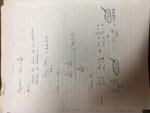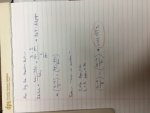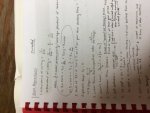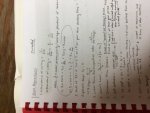Numberphile
New member
- Joined
- Feb 13, 2019
- Messages
- 4
This is really a straight math question. Here are the equations I've been working with.
SoL = (Y/popn.) and SoL = (Y/L)*(L/popn.)
Where: Y--> output ; L--> # of working people
When given enough information to calculate percent change values for two of the variables, we use the principle shown below to solve:
%▲(x/y) = %▲x - %▲y
and
%▲(x*y) = %▲x + %▲y
For example:
%▲(SoL) = %▲(Y/L) + %▲(L/popn.)
I remember learning this this application in high school, but I'm highly unsatisfied with just applying it without knowing why this rule works. Why does this even work?
Thanks to all in advance.
SoL = (Y/popn.) and SoL = (Y/L)*(L/popn.)
Where: Y--> output ; L--> # of working people
When given enough information to calculate percent change values for two of the variables, we use the principle shown below to solve:
%▲(x/y) = %▲x - %▲y
and
%▲(x*y) = %▲x + %▲y
For example:
%▲(SoL) = %▲(Y/L) + %▲(L/popn.)
I remember learning this this application in high school, but I'm highly unsatisfied with just applying it without knowing why this rule works. Why does this even work?
Thanks to all in advance.




